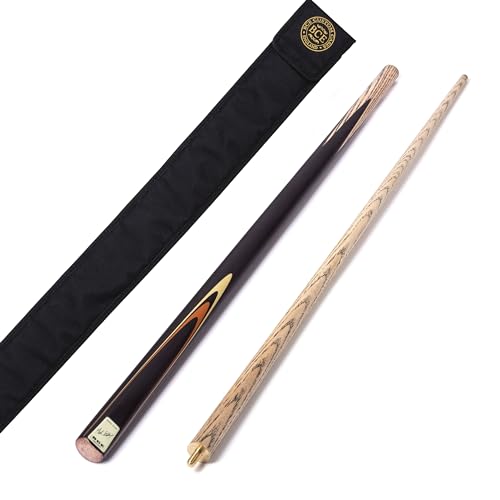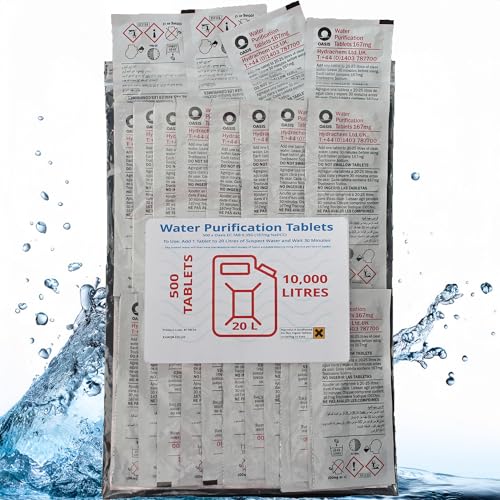Understanding Pool Cues: What They Are and How They Work
What is a Pool Cue?
A pool cue is a long, slender stick used to strike the cue ball in the game of pool. Generally made from wood or composite materials, a pool cue serves as an important tool that assists players in sending the cue ball towards other balls on the table, aiming to pocket them. The length and weight of a cue can significantly influence how we play, making it essential to understand its basic functions.
How Does a Pool Cue Work?
The fundamental operation of a pool cue lies in its ability to transfer energy from our stroke to the cue ball. When we strike the cue ball with the tip of the cue, the energy travels down the shaft and creates momentum, propelling the ball across the table. The cue’s tip should strike the ball cleanly and with precision to ensure accuracy, which is why the quality of both the cue and our technique are pivotal in our performance.
Choosing the Right Pool Cue: Key Features to Consider
Length and Weight
When selecting a pool cue, it’s essential to consider the length and weight that suit our playing style. Most cues range between 57 to 59 inches in length and weigh between 18 to 21 ounces. A longer and heavier cue may offer more power but could reduce control for some players. We recommend trying out various lengths and weights to find what feels comfortable and allows us to play with confidence.
Material Matters
Pool cues are typically made from wood, such as maple or ash, while others use composite materials for added durability. Wooden cues offer a traditional feel and sound but may require more care to maintain. On the other hand, composite cues are often more resistant to warping and temperature changes, making them great for regular practice or travel. Understanding the material helps us tailor our choice to our needs.
Tip Size and Shape
The tip of the cue can vary in size and shape, influencing our shot precision. A smaller tip provides greater control for detailed shots, while a larger tip offers more surface area for striking. We should consider what type of shots we tend to make as it will guide us towards the right tip size. Experimenting with different tips can also help us discover what suits our style best.
Types of Pool Cues: Finding the Perfect Match for Your Game
Break Cues
A break cue is specially designed to deliver power for opening shots. They are typically stiffer and heavier, allowing for a powerful break that sends the balls scattering. If we focus on producing strong breaks during our games, investing in a dedicated break cue might enhance our performance.
Playing Cues
Playing cues are the most common type, versatile enough for regular shots and strategising during a game. They often come in various designs and technically enable precision and control. Whether we play informally or competitively, finding a good playing cue that fits our grip and style will elevate our game significantly.
Jump Cues
Jump cues are a bit of a niche product. They are shorter and lighter, designed to achieve high jumps over obstructing balls. If we find ourselves in situations where we need to execute a jump shot, having a dedicated jump cue could be incredibly beneficial.
Maintenance Tips for Pool Cues: Keeping Your Equipment in Top Shape
Regular Cleaning
To preserve the quality of your pool cue, regular cleaning is essential. We recommend wiping down the shaft and tip with a soft, dry cloth after each use to remove any residue or chalk build-up. This simple step helps maintain the cue’s performance and lifecycle.
Storage Conditions
Where we live and store our cues matters significantly. Pool cues should be kept in a climate-controlled environment if possible, away from direct sunlight and temperature fluctuations. Using a cue case will not only protect it from physical damage but also help maintain its structural integrity.
Handling With Care
As basic as it sounds, handling our cues with care prevents unnecessary wear and tear. Avoid dropping or knocking it against hard surfaces and ensure that we are focusing on proper transport within a case. This attentiveness will pay off in the long run.
Our Top Picks: Recommended Pool Cues for Every Skill Level
Beginners
For those just starting out, we suggest looking for a durable yet affordable playing cue that feels comfortable to grip. A good choice might be a basic maple cue which offers great performance without breaking the bank.
Intermediate Players
Intermediate players should consider investing in a mid-range cue that includes features such as a quality tip and a flexible shaft. This kind of cue can support our developing skills and enhance our game with improved accuracy.
Advanced Players
For advanced players, investing in a professional-grade cue crafted from quality materials will be most beneficial. We recommend looking for cues that offer a perfect balance between weight and length tailored to our personal preference, as this will help elevate our overall game.





























